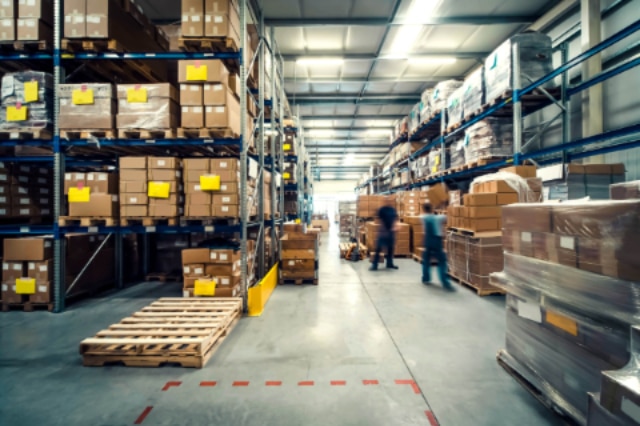Air Caster Flooring Requirements
If your business requires moving heavy-duty machinery and equipment around, having reliable moving equipment like an air caster is essential. However, before using this moving solution on your manufacturing floor, you should ensure that your floor meets some requirements. Air casters are mostly designed to protect your floor compared to moving wheels and rollers. Conventional wheels and rollers also sometimes increase the risk of floor cracks, tripping over those cracks, and other safety concerns.

Moving heavy loads over a damaged floor may lead to strain and fatigue due to a lack of ergonomics. Here are some air caster flooring requirements you should meet to operate an air caster effectively.
Industrial Flooring Types
The most popular industrial flooring types include industrial concrete, polished concrete, commercial concrete, epoxy flooring, and vinyl flooring. Air caster systems usually require non-porous surfaces or floors to help deflect off to make it easy to achieve and maintain flight. While they require a maximum of 50 psi of air pressure, air casters spread the load over a larger area, reducing the risk of damaging your floors.
When it comes to air skate surface requirements, air casters also work well on smooth floors or surfaces, including raised tiles, vinyl, linoleum, and smooth concrete, as you’ll find in most factories. But there are some minimum floor conditions you need to meet first before using an air caster.
Minimal Floor Condition For Air Caster System
As indicated earlier, air caster systems require smooth, non-porous surfaces to operate. So, options like machined or hand-trowelled concrete floors sealed and have equal levels can work well.
Also, painted epoxy-coated floors offer excellent floor conditions.
But the above floors aside, air casters can work on some uneven floors, are capable of absorbing small deviations in the floor, and can work perfectly even on imperfect floors. If your floor comes with declines of slopes, your floor mustn’t slope beyond 0.2% in any 10-foot run, especially if you’re using manually operated equipment.
Air Bearing Floor Obstacles
Designed to be non-contact, air bearings avoid traditional bearing-related friction and wear issues. But that does not mean there aren’t any industrial flooring specifications to keep in mind or air-bearing obstacles you should avoid.
You can create slight breaks about 2 inches on the sides of the metal sheet. This way, you can easily ensure that the edges remain in constant contact with the floor. And when it comes to rigging moves, sheet material overlays offer an ideal solution. That’s because they offer a more cost-effective way to achieve the floor compliance your porous or rough surfaces need. Plastic or sheet steel materials are the most common materials you can use for overlays.
Be sure to keep the overly material thickness in mind. For the best results, it’s best not to exceed 1/32″ thickness, as this makes it easy to change or switch easily onto the overlay. But if you need thicker overlay materials, you may have to create a ramp by using a thinner material to tape the leading edge or breaking the overlay edge.
For further information about the best air caster flooring solutions for your business, kindly contact Airgonomics Ltd for further assistance.